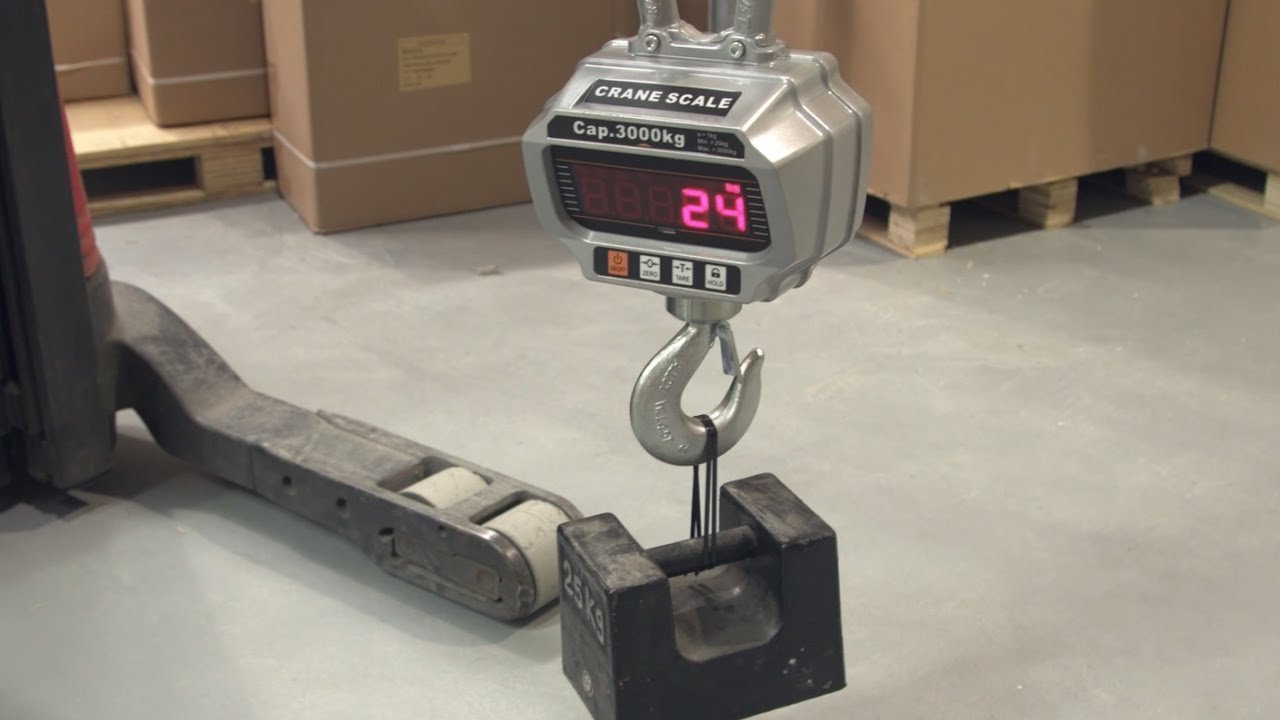Download Python for Windows 7 64-bit: Get Started Today
Embarking on the journey of programming with Python has never been more accessible, especially for those of us using Windows 7 64-bit systems. I am thrilled to share my insights on how to efficiently execute a Python download for Windows 7 64-bit free download. This process is not only straightforward but also immensely rewarding as it opens up a world of possibilities in coding and software development.
To initiate the Python software download Windows 7, I recommend visiting the official Python website, where you can find the latest version compatible with your operating system. The download process is seamless, and within moments, you will have the installer ready to go.
Once the download is complete, it’s time to delve into the Python installation steps Windows 7. I found that following the prompts during installation is crucial; ensuring that you check the box to add Python to your PATH can save you a lot of headaches later on.
For those who may need a little extra guidance, I have created a Python setup guide Windows 7 that outlines each step in detail, ensuring that even beginners can follow along without any confusion. By the end of this process, you will not only have Python installed but also be equipped to start your programming journey with confidence.
How to Download Python for Windows 7 64-bit
When it comes to installing Python on Windows 7 64-bit, I find the process to be quite intuitive. The first step is to locate the appropriate Python 3.8 installer Windows 7, which is essential for ensuring compatibility with my system.
I often recommend opting for the Python download for Windows 7 64-bit old version if you are looking for stability and familiarity in your coding environment. This version has proven to be reliable for many developers, including myself.
Steps to Download Python 3.8 for Windows 7 64-bit
- Visit the Official Python Website: This is where I always start my journey.
- Select the Python 3.8 Download: I specifically look for the Python 3.8 download for Windows 7 64-bit to ensure compatibility.
- Run the Installer: After downloading, I execute the installer and follow the prompts.
- Check for Python Version Differences Windows 7: It’s crucial to be aware of any differences in versions, as updates can affect functionality.
- Complete the Installation: I make sure to finalize the installation by following the on-screen instructions, ensuring that I have the latest Python updates for Windows 7.
Python 3.7 Download for Windows 7 64-bit Free
For those who prefer an earlier version, I often explore the option of the python 3.7 download for Windows 7 64-bit. This version is particularly useful for legacy projects.
- Python 3.7 Download for Windows 7 32-bit: I also keep this in mind for users who may be operating on a 32-bit system.
- Check Python Compatibility Windows 7: It’s essential to verify that the version I choose is compatible with my specific Windows 7 setup.
In my experience, having multiple versions of Python can be beneficial, especially when dealing with various projects that may require different functionalities.
How to Verify Your Downloaded Files are Genuine
In my quest for ensuring the authenticity of my downloaded files, I have discovered several methods that are both effective and straightforward. Verifying the integrity of these files is paramount, especially when dealing with Python installations on Windows 7.
I often utilize checksums to confirm that my downloads have not been tampered with. This process involves comparing the checksum of the downloaded file with the one provided on the official website. If they match, I can rest assured that my file is genuine.
Importance of File Integrity Checks
The significance of file integrity checks cannot be overstated. I have learned that maintaining Python performance on Windows 7 hinges on ensuring that the files I use are uncorrupted and secure.
- Enhancing Python Optimization: By verifying my downloads, I can optimize my Python environment, ensuring that I am working with reliable resources.
- Utilizing Python Resources for Windows 7: I find that having access to verified resources enhances my coding experience and minimizes potential issues.
Tools for Verifying Python Downloads
When it comes to tools for verifying my Python downloads, I have a few favorites that I rely on consistently.
- Python Package Manager Windows 7: This tool simplifies the process of managing and verifying packages, ensuring that I have the correct versions installed.
- Python Command Line Windows 7: I often use the command line to run verification scripts, which can quickly check the integrity of my files.
- Python Virtual Environment Windows 7: Creating a virtual environment allows me to isolate my projects and verify downloads without affecting my main system.
Python Versions Available for Windows 7
As I navigate the intricate landscape of Python programming, I find it essential to understand the various Python version differences Windows 7 presents. Each version carries its unique features and optimizations, catering to different needs and preferences.
In my experience, the choice between Python 32-bit vs 64-bit Windows 7 can significantly impact performance and compatibility. For instance, while the 64-bit version allows for more extensive memory usage, the 32-bit version remains a reliable choice for older hardware or specific applications.
Python 3.8 Download for Windows 7 32-bit
When I seek to enhance my coding capabilities, the python 3.8 download for windows 7 32-bit becomes a focal point. This version introduces several improvements that I find beneficial for my projects.
- Python IDLE for Windows 7: I appreciate the integrated development environment that Python IDLE provides, making it easier for me to write and test my code efficiently.
- Python tools for Windows 7: The array of tools available for Python on Windows 7 enriches my programming experience, offering everything from debugging utilities to package management.
Python 3.7 Download for Windows 7 32-bit
For those who prefer a more stable environment, I often explore the python 3.7 download for windows 7 32-bit. This version serves as a solid foundation for many of my projects, especially when I require consistency.
- Python coding on Windows 7: Engaging in Python coding on this version allows me to leverage its robust features while ensuring compatibility with various libraries.
- Python beginner guide Windows 7: As I mentor newcomers, I find that the Python beginner guide Windows 7 is particularly helpful in easing their transition into the world of programming.
Installing Python IDLE on Windows 7
Embarking on the installation of Python IDLE on my Windows 7 system is a pivotal step in my programming journey. The process is not only essential for Python application development Windows 7 but also enriches my coding experience significantly.
I find that the Python IDLE download is straightforward, and it serves as an integrated development environment that simplifies my coding tasks.
What is Python IDLE?
Python IDLE, or Integrated Development and Learning Environment, is a powerful tool that I utilize for writing and executing Python scripts. It provides a user-friendly interface that is particularly beneficial for beginners and seasoned developers alike.
When I engage with Python tutorials for Windows 7, I appreciate how IDLE facilitates my learning path. It allows me to explore Python advanced features Windows 7, making my coding experience both enjoyable and productive.
How to Install Python IDLE on Windows 7
To install Python IDLE on my Windows 7 system, I follow a series of steps that ensure a smooth Python environment setup Windows 7.
- Download Python: I begin by downloading the appropriate version of Python that includes IDLE.
- Run the Installer: After the download, I execute the installer, ensuring that I select the option to install IDLE.
- Configure Environment Variables: I make sure to set up my environment variables correctly, which is crucial for Python script execution Windows 7.
- Verify Installation: Finally, I check that Python IDLE is functioning properly, confirming that I have Python support for Windows 7.
Frequently Asked Questions
As I delve deeper into the world of Python on Windows 7, I often encounter a plethora of inquiries that arise among fellow enthusiasts. Here, I aim to address some of the most pressing Python FAQs Windows 7 that I have encountered, providing clarity and guidance to those navigating this exciting journey.
How to download Python for Windows 7 64-bit?
When I set out to install Python on Windows 7 64-bit, the initial step is to ensure I have the right resources at my disposal.
- Locate the Installer: I begin by searching for the Python download for Windows 7 64-bit free download on the official site.
- Follow Installation Steps: The Python installation steps Windows 7 are straightforward, and I make sure to follow them meticulously to avoid any hiccups.
- Configure Settings: During installation, I always check the box to add Python to my PATH, which simplifies future usage.
Can I run Python on Windows 7?
Absolutely! I have found that Python compatibility Windows 7 is quite robust, allowing for a seamless programming experience.
- Performance: In my experience, Python performance Windows 7 is commendable, enabling me to run scripts efficiently.
- System Requirements: I ensure that my system meets the Python system requirements Windows 7 to avoid any compatibility issues.
Which version of Python is suitable for Windows 7?
In my exploration of Python, I have come across various Python version differences Windows 7 that can impact my projects significantly.
- Updates: I keep an eye on Python updates for Windows 7, as they often introduce valuable features and enhancements.
- Installer: For my needs, the Python 3.8 installer Windows 7 has proven to be an excellent choice, balancing stability and functionality.
Can Python 3.9.7 install on Windows 7?
This is a common question I encounter, and I can confidently say that Python compatibility Windows 7 allows for various versions, but there are nuances to consider.
- Version Differences: I have noted some Python version differences Windows 7 that may affect installation and performance.
- Troubleshooting: In case I face any issues, I rely on Python troubleshooting Windows 7 resources to guide me through resolving them effectively.










Leave a Reply